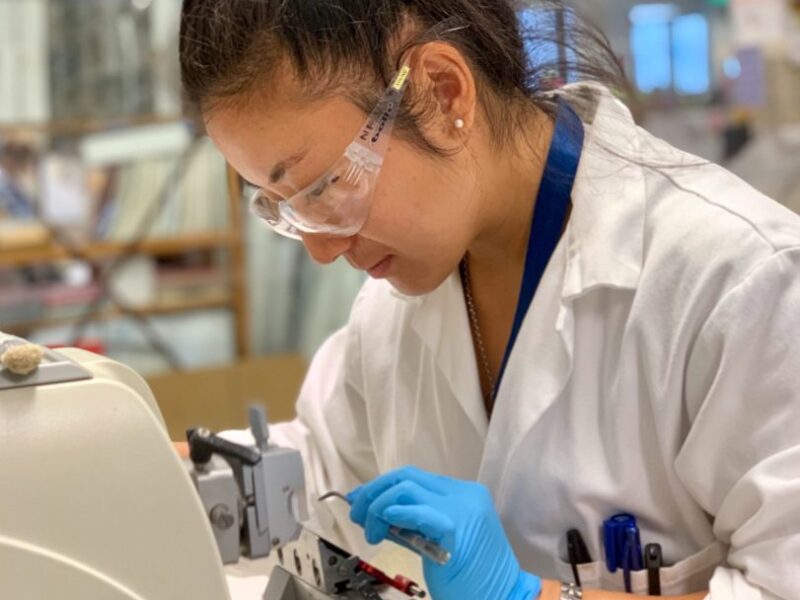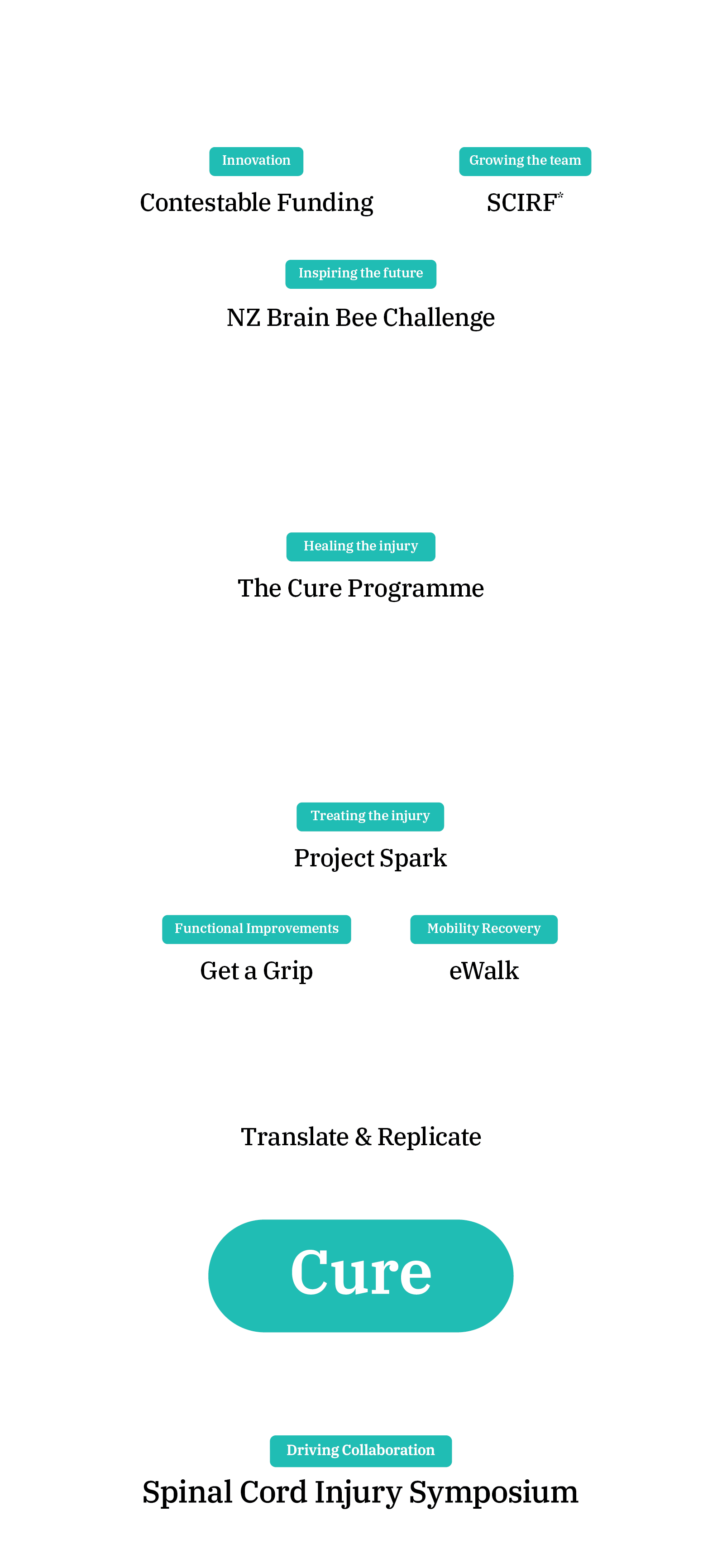CatWalk Research Strategy
CatWalk is dedicated to advancing the understanding and treatment of spinal cord injuries.
Our initiatives encompass a wide range of scientific and medical explorations. Each plays a crucial role in the mission to cure spinal cord injury.
CatWalk funds comprehensive research to address the complex challenges of spinal cord injury. We also support a wide variety of other initiatives – from education to therapeutic development and patient care. We are paving the way to more effective treatment and, ultimately, a cure. Each of CatWalk’s initiatives plays a vital role in achieving this goal.
Below is an outline of the areas funded by CatWalk, highlighting their importance and contribution. Each is crucial to curing spinal cord injury paralysis.
Research News
CatWalk’s research team collaborate with others around the world. Click here for links to recently published research.



